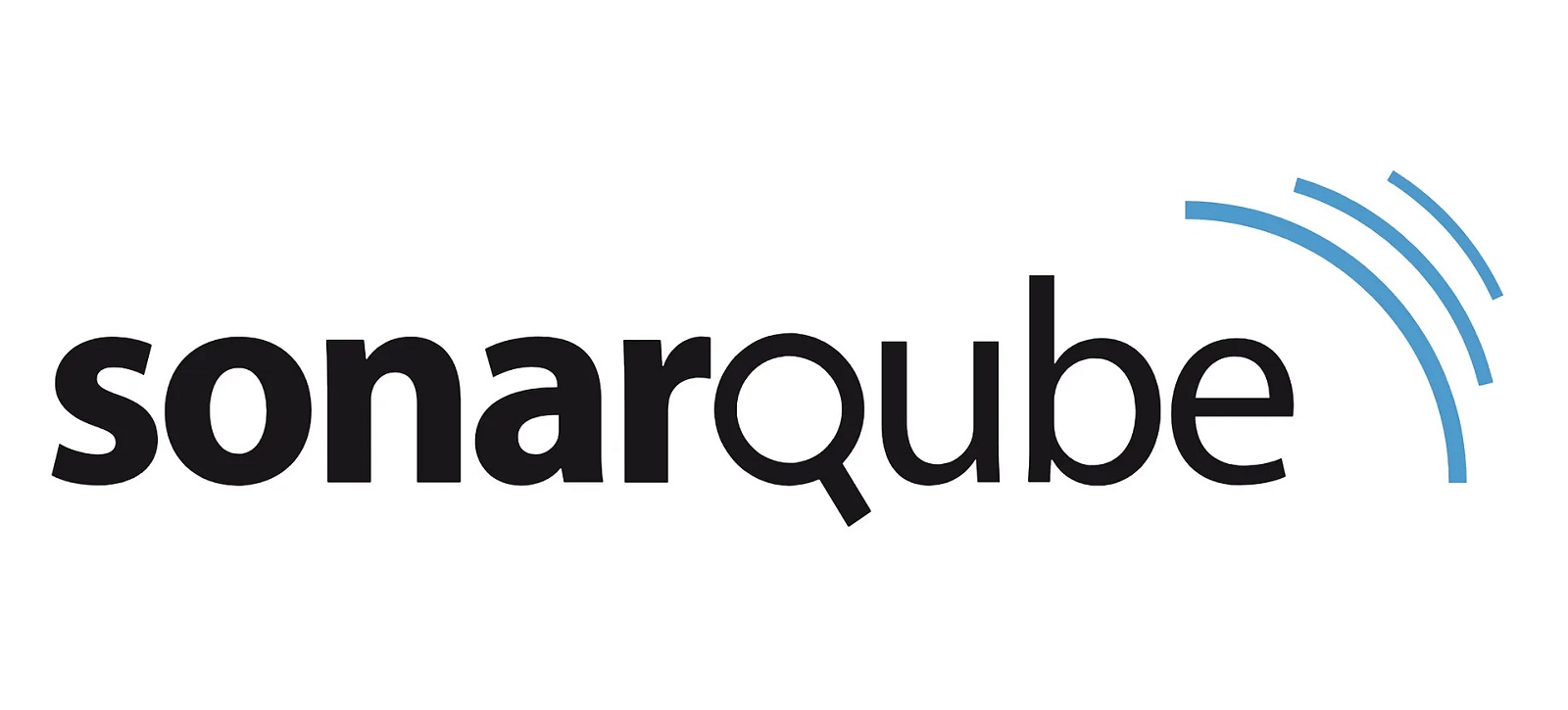Code quality and security are crucial aspects of modern software development. Integrating SonarQube into your .NET build pipelines ensures that every code commit is analyzed for potential issues, helping developers catch bugs and vulnerabilities early in the development lifecycle. In this guide, we will explore how to integrate SonarQube with popular CI/CD tools like Azure DevOps and Jenkins for seamless code analysis.
Table of Contents
Why Integrate SonarQube with Build Pipelines?
Integrating SonarQube with your build pipelines offers several advantages:
- Automated Code Quality Checks: Ensure every code commit meets quality and security standards before deployment.
- Early Detection of Issues: Identify and fix bugs, code smells, and vulnerabilities during development.
- Seamless Collaboration: Share code quality reports with your team to promote better coding practices.
- CI/CD Efficiency: Automate the code review process, saving time during manual code reviews.
Integrating SonarQube with Azure DevOps
Follow these steps to integrate SonarQube with Azure DevOps pipelines:
- Prepare SonarQube: Ensure your SonarQube server is up and running. Generate a project token from the SonarQube dashboard.
- Install SonarQube Extension: In Azure DevOps, navigate to the Extensions Marketplace and install the SonarQube extension.
- Add SonarQube Tasks: Open your pipeline configuration and add the following tasks:
- Prepare Analysis Configuration: Use the token and server details to set up analysis.
- Run Code Analysis: Add the analysis task to scan your .NET code.
- Publish Quality Gate Result: Display the analysis results in the pipeline summary.
- Run the Pipeline: Save your pipeline configuration and trigger a build to analyze your code.
Integrating SonarQube with Jenkins
To integrate SonarQube with Jenkins, follow these steps:
- Install SonarQube Plugin: Go to the Jenkins Plugin Manager and install the SonarQube Scanner plugin.
- Configure SonarQube Server: In Jenkins, navigate to Manage Jenkins > Configure System, and add your SonarQube server details.
- Add SonarQube Step to Pipeline: Update your Jenkinsfile or pipeline script to include:
sonar { installationName 'SonarQubeServer' analysisMode 'publish' properties: [ projectKey: 'your-project-key', login: 'your-token' ] } - Trigger the Pipeline: Save your pipeline script and run a build to analyze your .NET project.
Best Practices for Integration
To ensure a successful integration, follow these best practices:
- Use Quality Gates: Set up quality gates in SonarQube to automatically fail builds that don’t meet code quality standards.
- Secure Tokens: Store tokens securely using your CI/CD tool’s secrets management feature.
- Regular Updates: Keep your SonarQube server and plugins updated to access the latest features and security fixes.
- Team Collaboration: Share SonarQube reports with your team to ensure collective responsibility for code quality.
Conclusion
Integrating SonarQube with .NET build pipelines is a critical step toward automating code quality checks and fostering a culture of quality within your development team. Whether you’re using Azure DevOps or Jenkins, the process is straightforward and highly beneficial.
In the next article, we’ll explore how to interpret SonarQube metrics for .NET applications to gain actionable insights into your codebase. Stay tuned!
